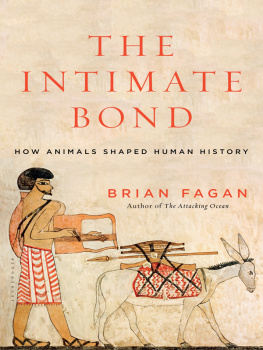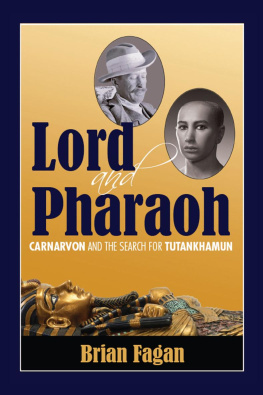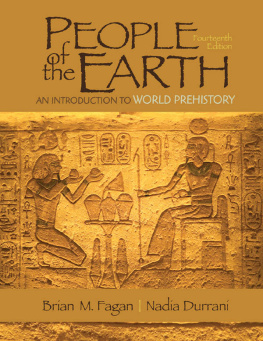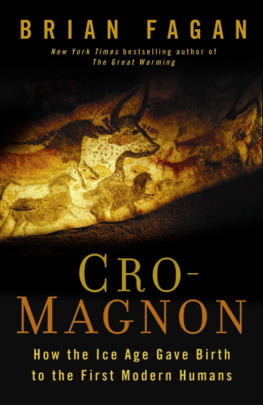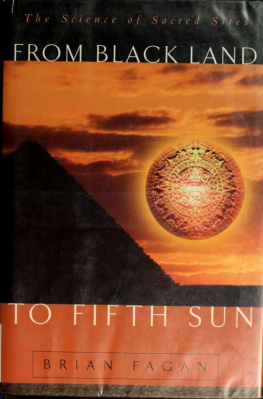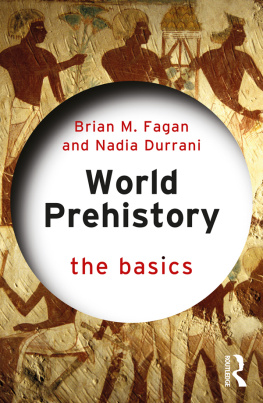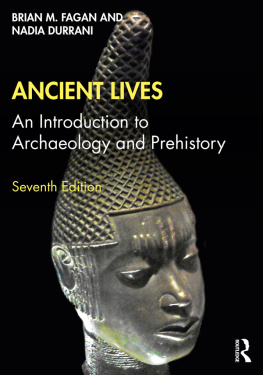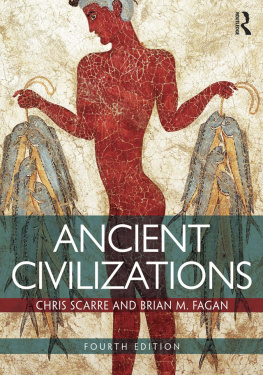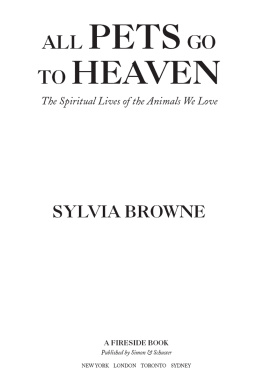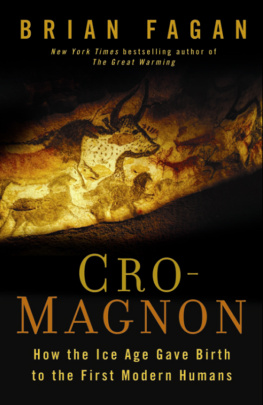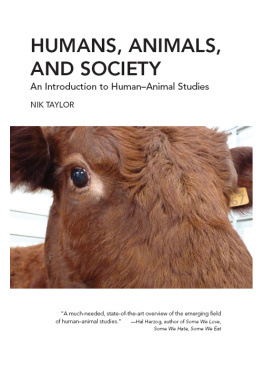The Intimate Bond
HOW ANIMALS SHAPED HUMAN HISTORY
Brian Fagan

To
Our beasts, numerous and ever changing as they are.
This history is for them.
Some people talk to animals. Not many listen though. Thats the problem.
A. A. Milne, Winnie-the-Pooh
Contents
This is a book about respect, partnership, love, and cruelty, about the complex and ever-dynamic relationship between animals and humans that defined and changed history. We are, of course, ourselves animals, but with a difference. Were Homo sapiens, the wise people, with unique cognitive abilities that set us apart from all other beasts. Fluent speech, our penchant for forethought and reasoning, and our complex emotional reactions distinguish us from other living thingsa boundless chasm that can never be fully bridged. We are also social animals with a strong psychological impulse to bond with other animals. Our affection for the beasts around us, whether pets or working animals, sometimes leads us to attribute human emotions and feelings to them. Many childrens books revolve around the doings of such creatures as cats, dogs, and elephants, like the immortal family of Babar and Celeste, whose adventures have entertained generations of the young in many lands.
The endless debate over the humanity of animals is, however, irrelevant to these pages. Were concerned here with a purely historical inquirythe ways in which our relationships with animals have altered over time. Most histories dwell on individuals, on monarchs and rulers, on nobles and generals, but also on common folk and such issues as gender relations and social inequality. This book attempts something different. I describe how animals and our relationship with them, transformed history.
We humans have lived in intimate association with animals of all kinds, large and small, mammals and invertebrates, predators and harmless antelope, for more than two and a half million years. Our remotest forebears were predators in a world of predatorsboth hunter and hunted. Over tens of thousands of years, they developed an awesome knowledge of the habits of creatures of all kinds. Survival depended on it, but they may have lacked the urge to bond psychologically with animals, to link them symbolically to their lives. Ultimately, the humans were mere predators.
Everything changed when Homo sapiens, with its unique cognitive abilities, appeared on the historical stage. Superior hunting abilities; new, more sophisticated weaponry; but above all a reasoning intelligence transformed our relationship with prey. Quite when this happened remains uncertain, but it was at least seventy thousand years ago, when the number of humans on earth was still infinitesimal. This was a yet ill-defined moment when we became fully social animals with a strong impulse to bond, not only with one another, but also with other living things. Our urge to make a connection with fellow creatures is so powerful that it takes a lot to override it.
Relationships are intangible, ties of verbal and nonverbal communication expressed by gesture or speech, by caresses or subtle twitches of finger or eyebrow. They are the essence of history, in their way more important than the most spectacular buildings or artistic masterpieces. We can discern them only through an opaque mirror into the past, through documents and artistic renderings, through artifacts and animal bones. Herein lies one of the great limitations of archaeology, which deals, for the most part, with the material remains of human behavior. Nevertheless, we can trace the broad outlines of the changing animal-human relationship from a scatter of fascinating clues, which survive from at least twenty millennia in the past.
The story in these pages begins with the Ice Ages European artists of twenty thousand years ago, who painted and engraved their prey on the walls of caves and rock shelters, such as Frances Lascaux Cave and the Cave of Altamira in northern Spain. They defined their world in terms of powerful ritual partners: animals. The hunters treated beasts with respect, as individuals, as creatures with personalities, as living beings in both a material and ritual partnership with people. We can imagine living creatures such as bears, reindeer, or ravens acting like human beings in ritual narratives, deeply involved in the creation and definition of the human cosmos. This close kinship and partnership between humans and animals survives to this day among Australian Aborigines and some Arctic subsistence hunters.
Eight animals are major players in our story, the first being the dog (followed by the goat, sheep, pig, cattle, donkey, horse, and camel). More than fifteen thousand years ago, relationships of familiarity and respect led to cooperation and companionship between people and wolves, the ancestors of the first animals to become members of human families. Whether just a companiona pet, if you willor a working dog, the canine changed, albeit subtly, the relationship between humans and beasts. An enduring partnership, a close interdependence, came into being.
Then came the revolution, the eventful millennia when people domesticated farm animals, starting about twelve thousand years ago. Goats, sheep, pigs, and, soon afterward, cattlethe taming of these now-commonplace farm animals may have been almost a subconscious act, which involved no fear on either side. There were advantages on both sides in these history-changing partnerships. What were now farm animals, bred in captivity, acquired better grazing and foraging carefully orchestrated by deliberate herding, and security from predators. Humans acquired predictable meat supplies, milk, and a whole range of valuable by-productseverything from hides and fur to horn and sinew for thongs. Perhaps most important of all, these four farm animals caused people to create permanent settlements, to anchor themselves to field and grazing grounds and well-defined territories that passed from one generation to the next.
The relationship between herders and the herded was a close one in the early days, when herds were small and individual animals were still important. Ones animals were far more than just food; they were part of the tapestry of daily life, of ones status in society. For subsistence farmers, working animals were social instruments as well as companions, friends about whom one had no illusions. They became crucial links between generations, between the living and revered ancestors, intimate symbols of sustenance and interconnections between people.
Agriculture and animal domestication were not revolutionary human inventions, but the consequences of them changed history, especially with the appearance of cities and civilizations. Cattle soon became far more than sources of meat, horns, and hides. They became wealth on the hoof, the stuff of gifts and ritual feasting. They were symbols of virility and kingship for Egyptian pharaohs and other rulers, such as the Minoan lords of Crete thirty-five hundred years ago. They also became pack animals for the first time. Soon after 3000 BCE, we find oxen hauling solid-wheeled carts and working plows in Mesopotamian fields. Cattle now served as transportation, as day-to-day laborers on tracks and in the field. At the same time, they were symbols of power and wealth and also sacrificial beasts offered to the gods.
Out in the countryside, subsistence farmers and herders still maintained small herds, even knew individual animals by name, as they were to do right into modern times. It was in close-packed, rapidly growing cities and their hinterlands that the relationship between animals and humans underwent a profound change. Such were the demands for meat and other animal products for urban markets that the scale of stock raising expanded dramatically. Cattle and sheep farms raised hundreds of beasts. Working animals gradually became impersonal commodities, raised and sold by the household head for profit. This is not to say that many people did not still enjoy close relationships with their beasts, but the sheer magnitude of the need for food triggered by population growth militated against an intimate bond.
Next page
